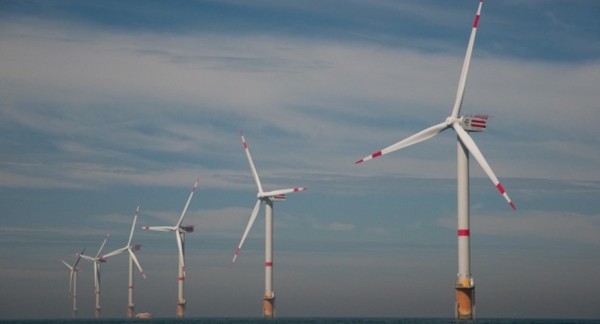CANOE
Completed
15.12.21 → 31.10.25

Natural analogues and system-scale modeling of marine enhanced silicate weathering
Fjords are Aquatic Critical Zones of regional and global importance by supporting highly productive and diverse food webs. Global warming significantly impacts these systems through the accelerated melting of ice. Coastal glaciers either terminate in the fjord (= marine-terminating glaciers; MTGs) or on land, resulting in proglacial rivers draining to the fjord (= land-terminating glaciers; LTGs). The transport patterns and residence time of this glacial meltwater in the fjord depend on, among other factors, whether the meltwater is supplied by LTG or MTG. Especially at Greenland’s MTGs, draining 88 % of the ice sheet in area, discharge has augmented significantly recently, caused by increased surface melting, calving and submarine melting. In many parts of Greenland, these MTGs might therefore become LTGs soon. The consequences of such a shift for carbon transfer, food-web structure, mineralization and burial in the sediment are poorly resolved. The CANOE project aims to investigate to what extent a shift from marine-terminating to land-terminating glaciers in Arctic fjords leads to lower primary productivity, lower mineralisation rates and higher carbon burial, and by that supports a less rich and diverse food web.
Funding
Belgian Science Policy (RV/21/CANOE)
Internal members
- Sebastiaan van de Velde
- Jan Vanaverbeke
Other members
- Dr. Ulrike Braeckman (Universiteit Gent)
- Prof. Ann Van Reusel (Universeit Gent)
- Prof. Koen Sabbe (Universiteit Gent)
Partners en sponsors



